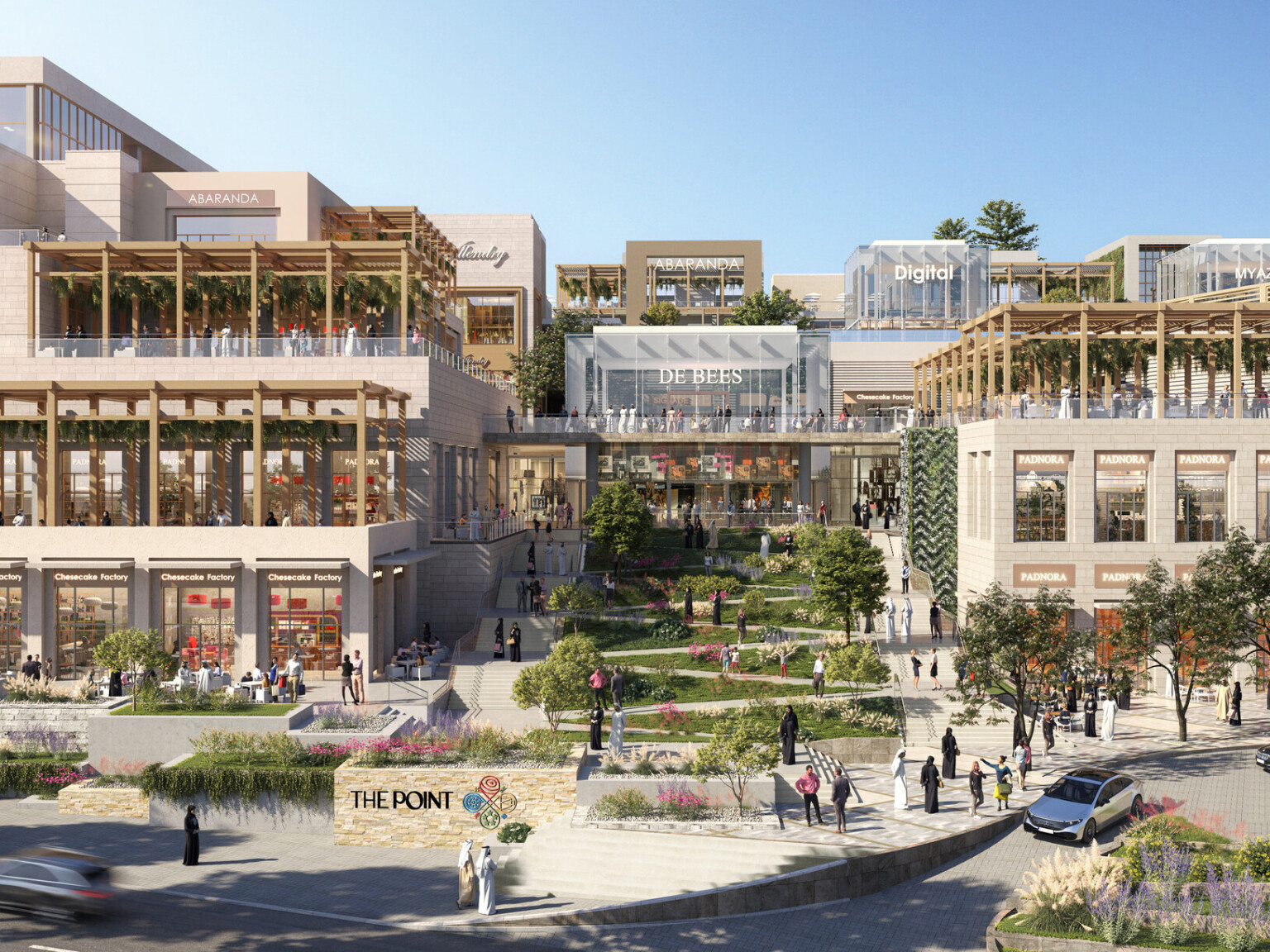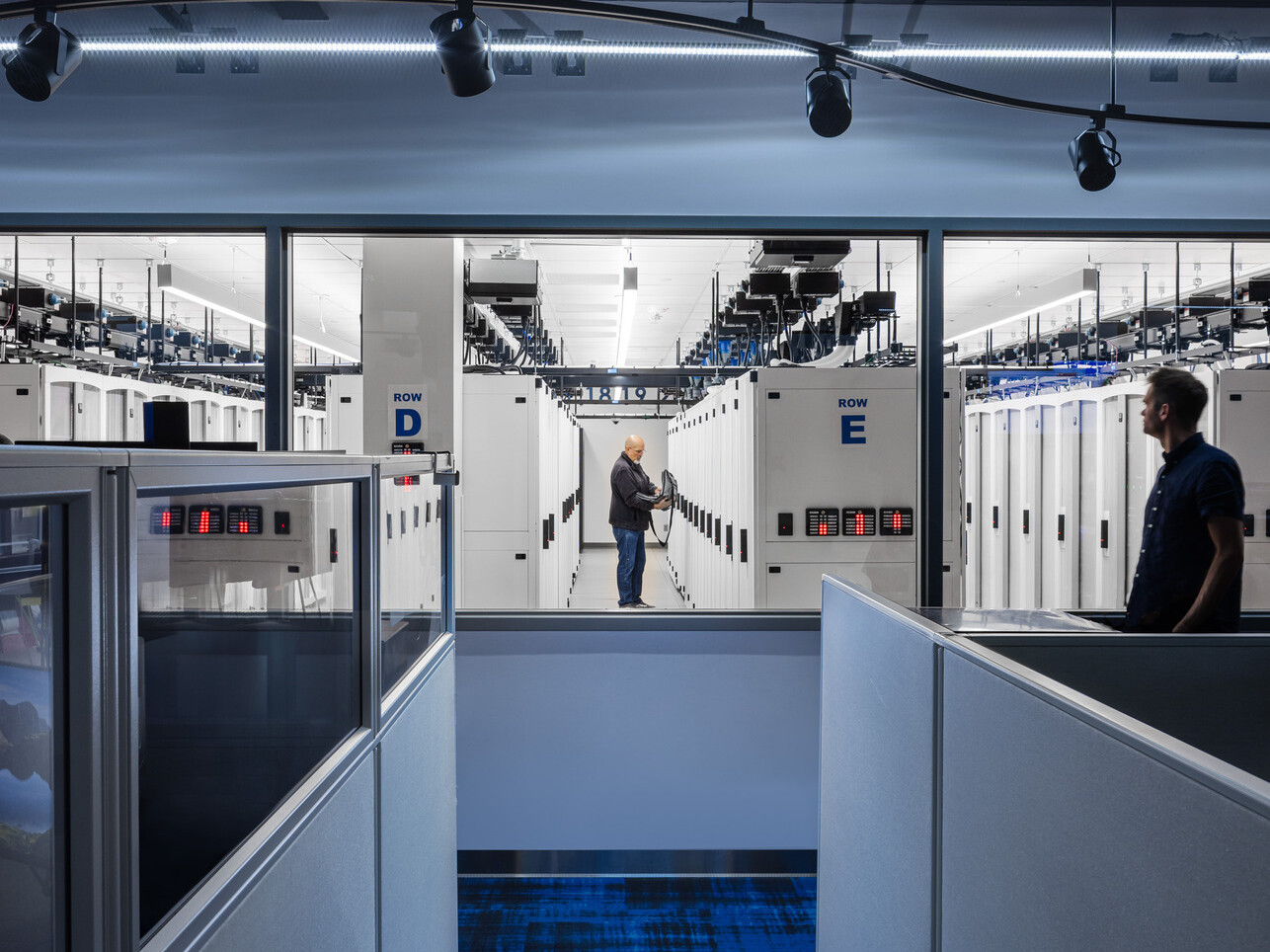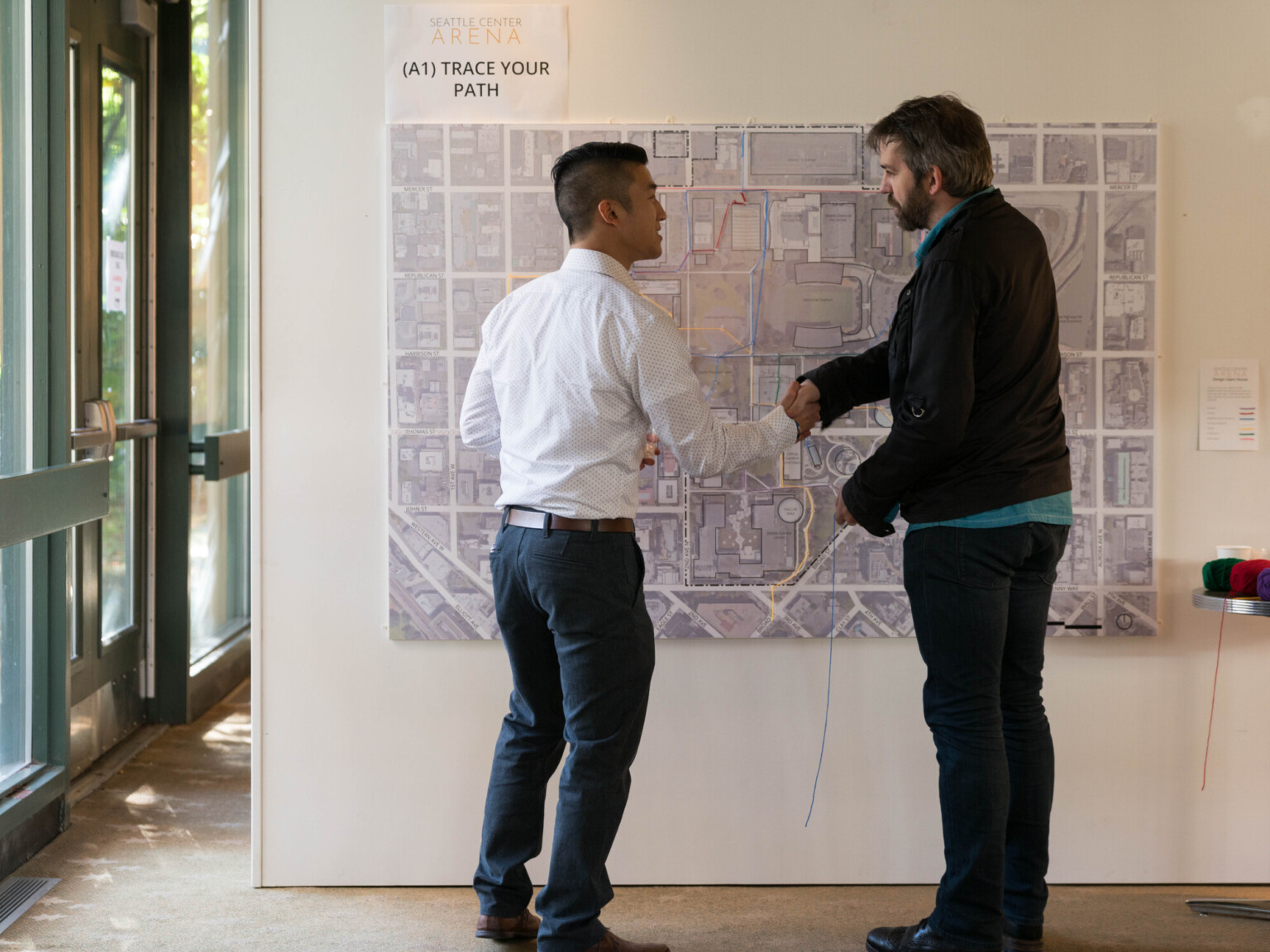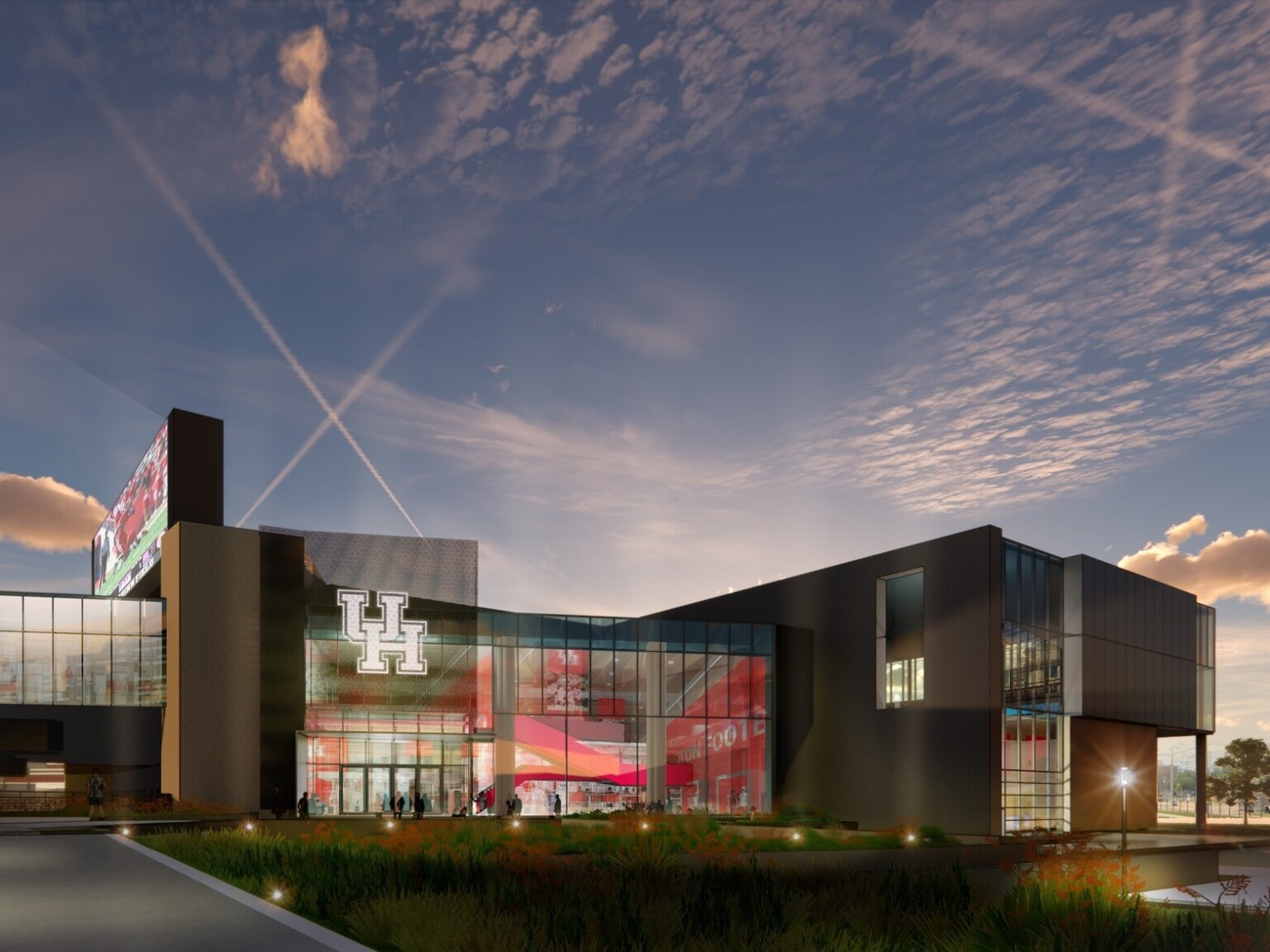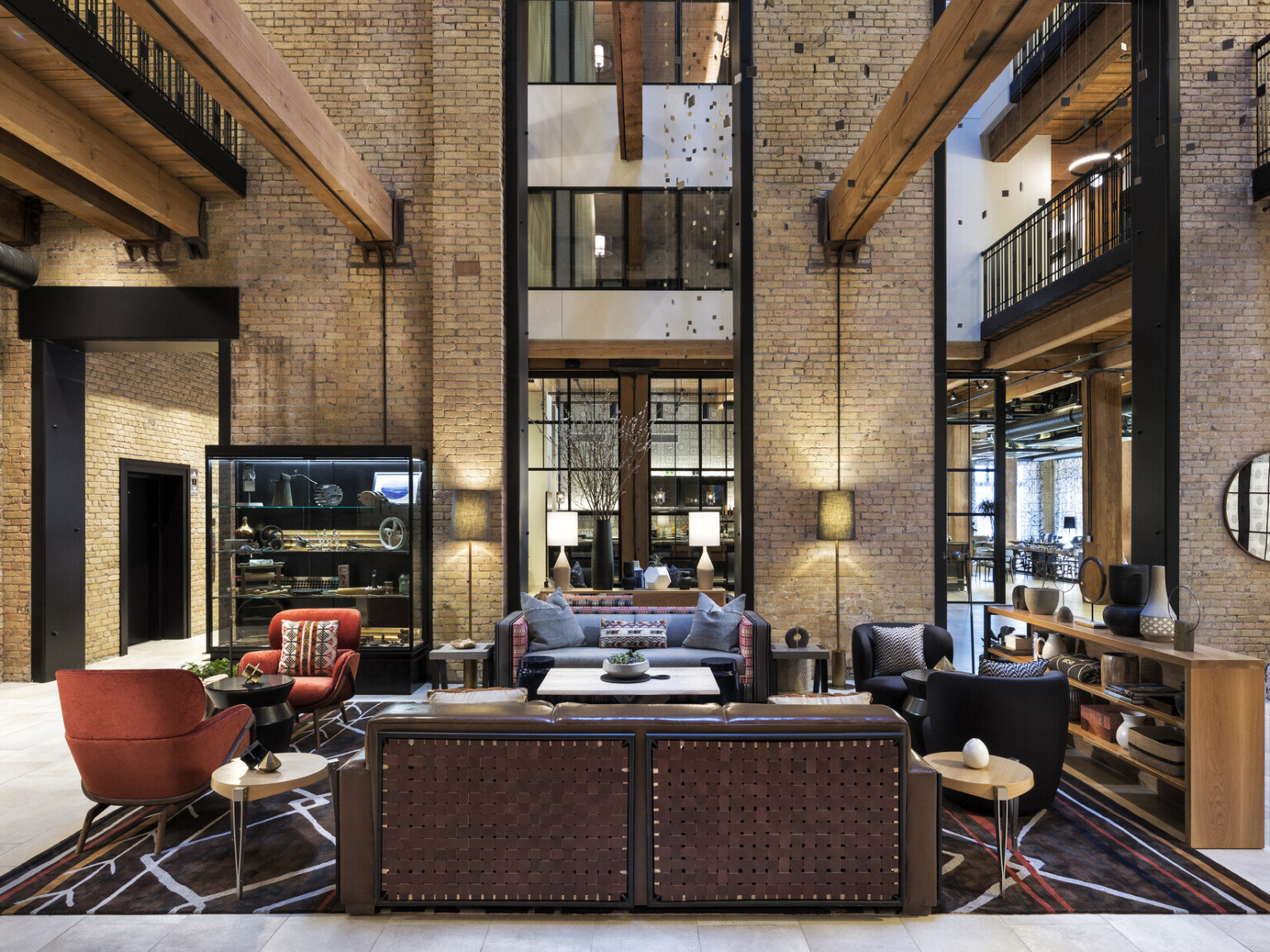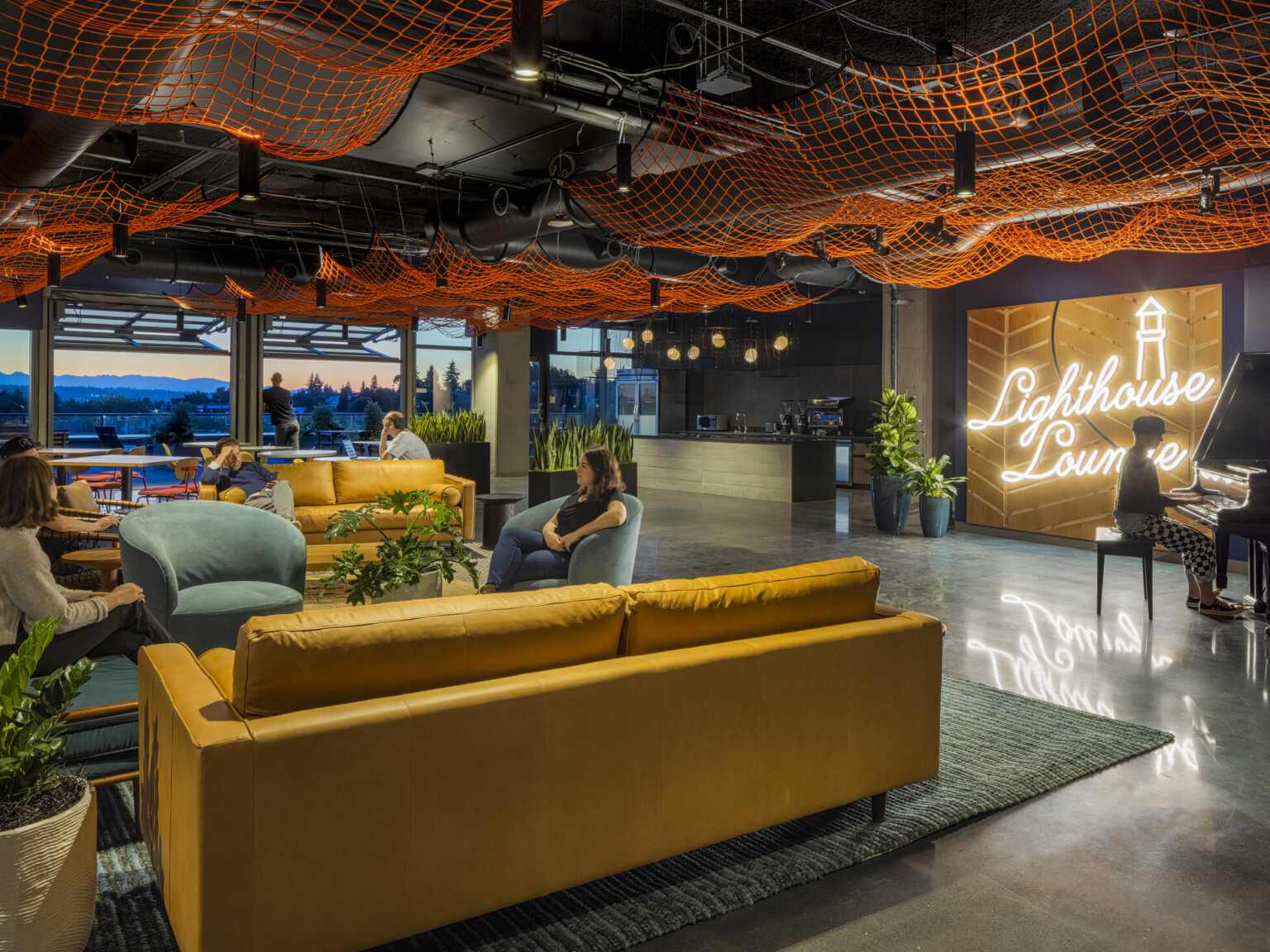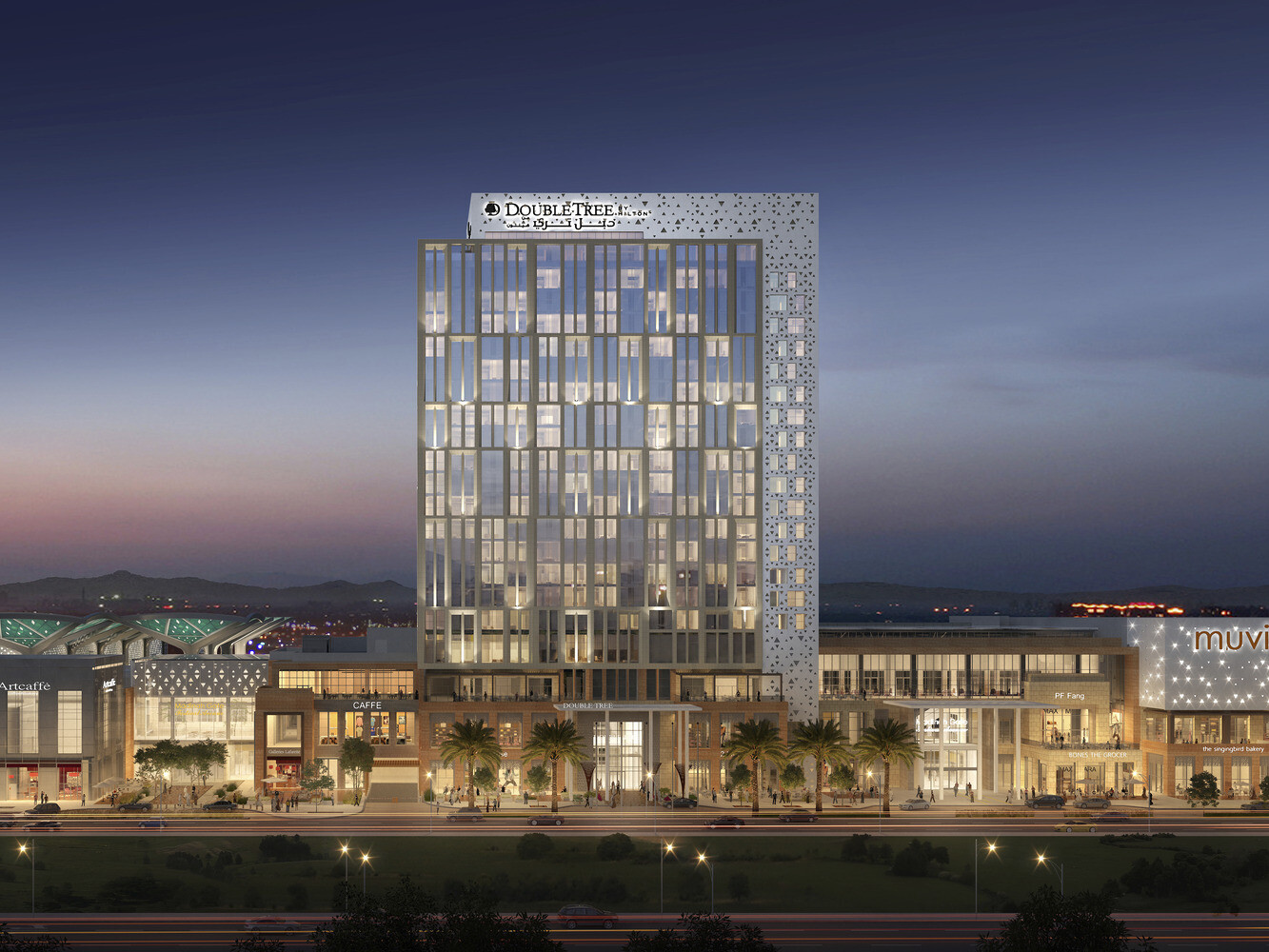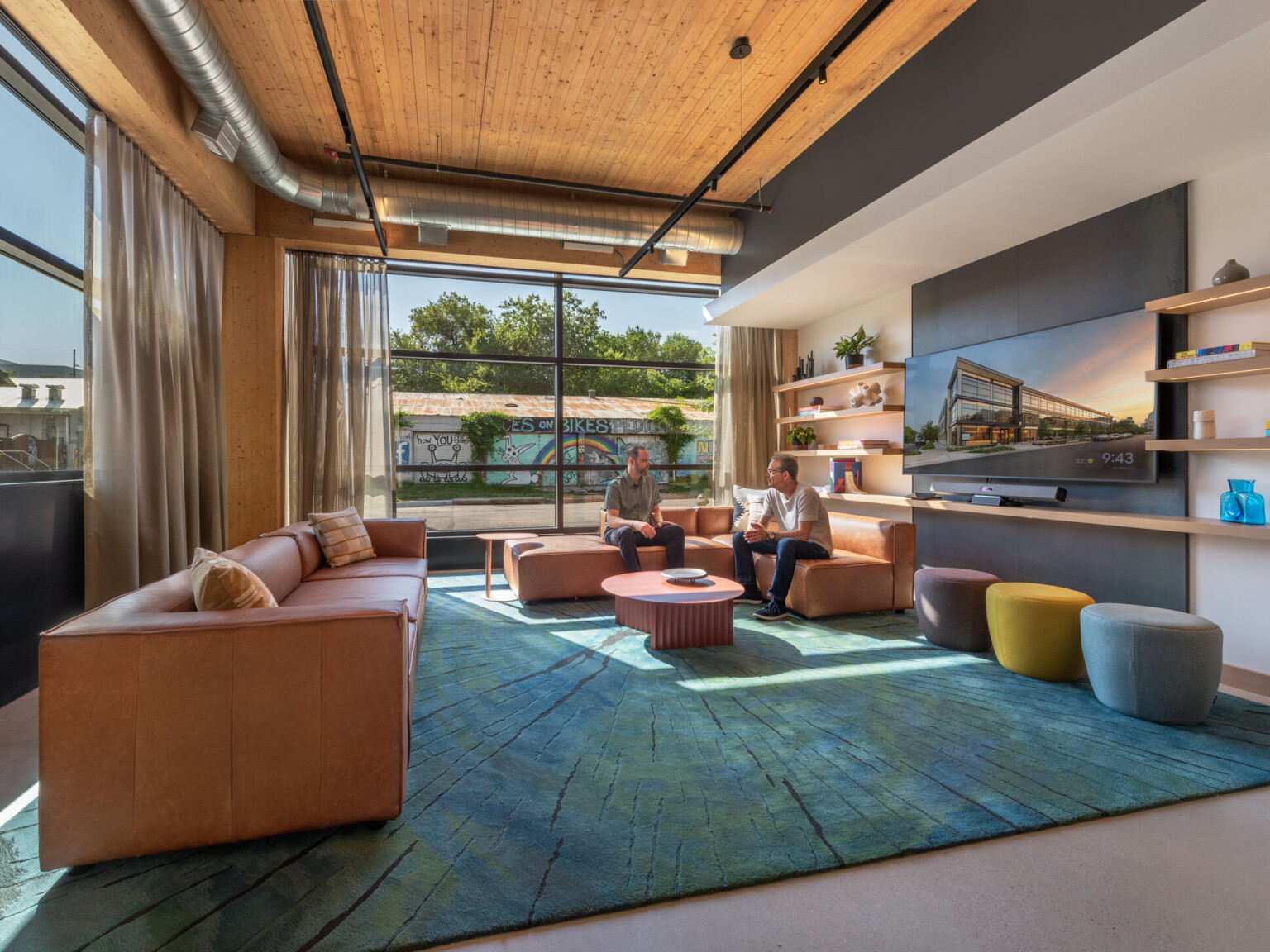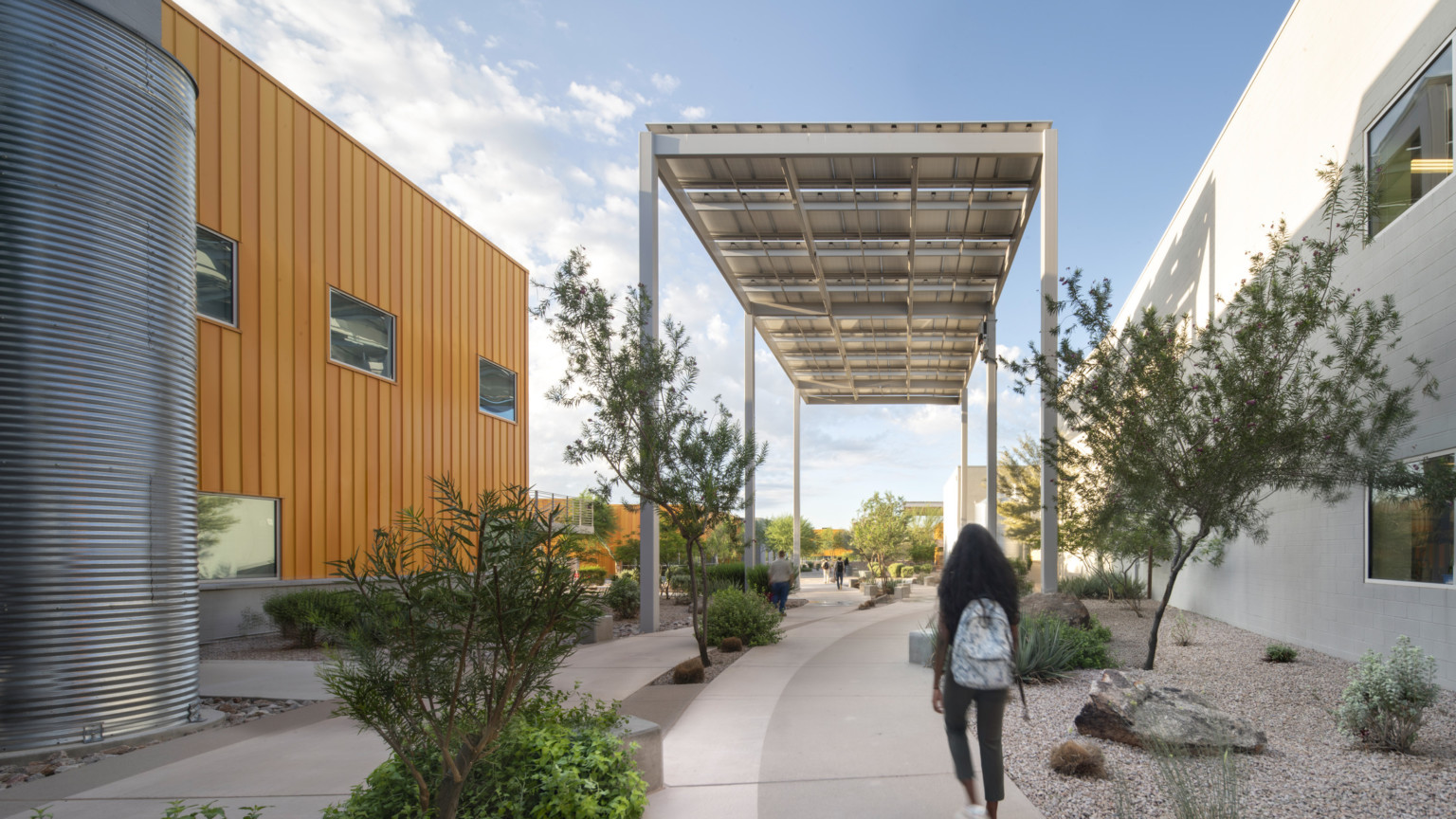
A Carbon-Free Future
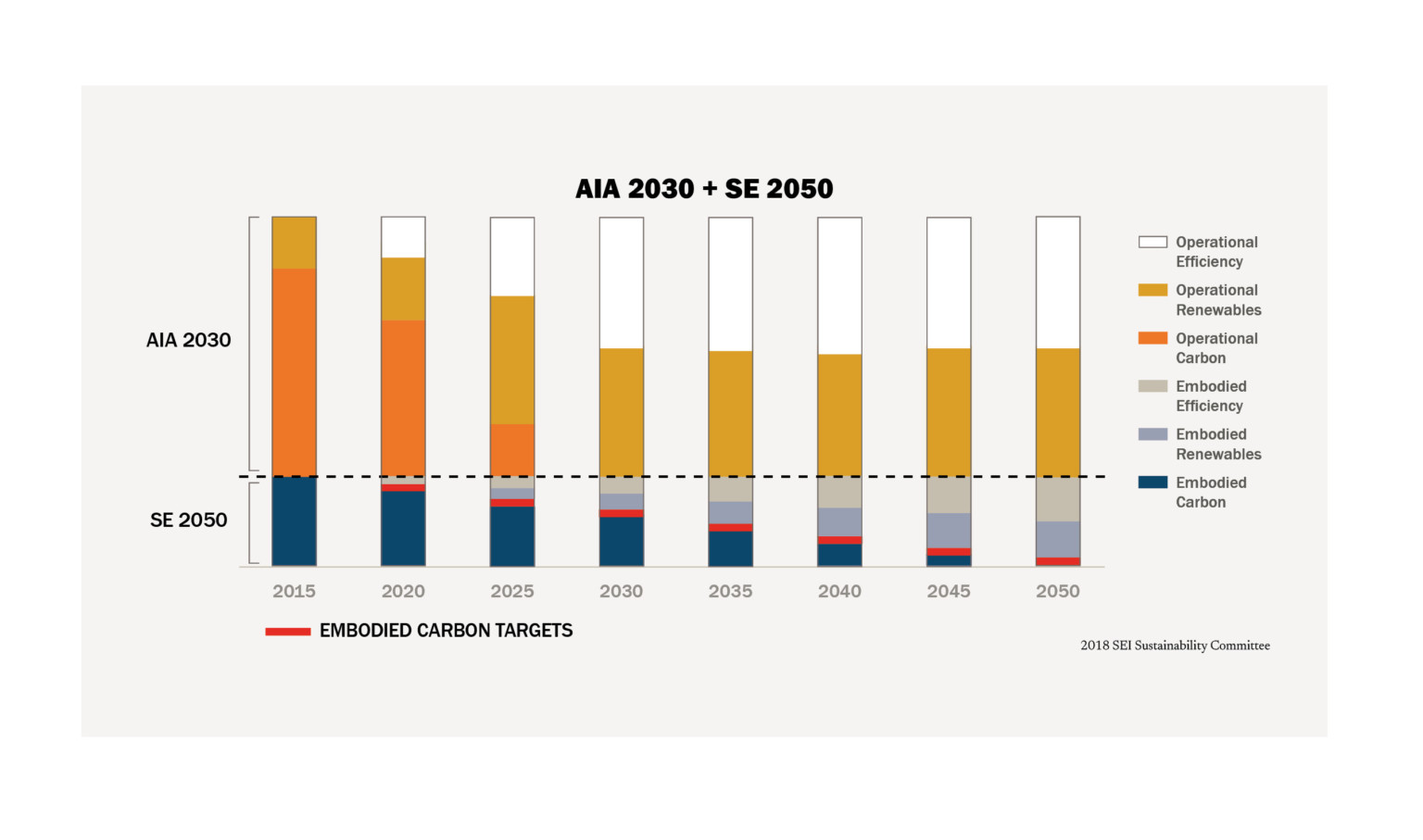
Embodied carbon refers to the greenhouse gas emissions arising from the manufacturing, transportation, installation, maintenance, and disposal of building materials. In other words, embodied carbon is the carbon footprint of a building before it becomes operational. Embodied carbon is distinct from operational carbon, which is the carbon that comes from energy, heat, lighting, etc. Unlike operational carbon emissions, which can be reduced over time with building energy efficiency renovations and the use of renewable energy, embodied carbon emissions are locked in place as the building is constructed.
About 49% of carbon emissions are due to embodied carbon, as opposed to operational carbon, and typically structure contributes 50% or more of the embodied carbon of a building. As shown in the following image, building materials and construction make up approximately 11% of global CO2 emissions. Structural engineers have not generally been seen as major players in building sustainability, but the spotlight is certainly changing!
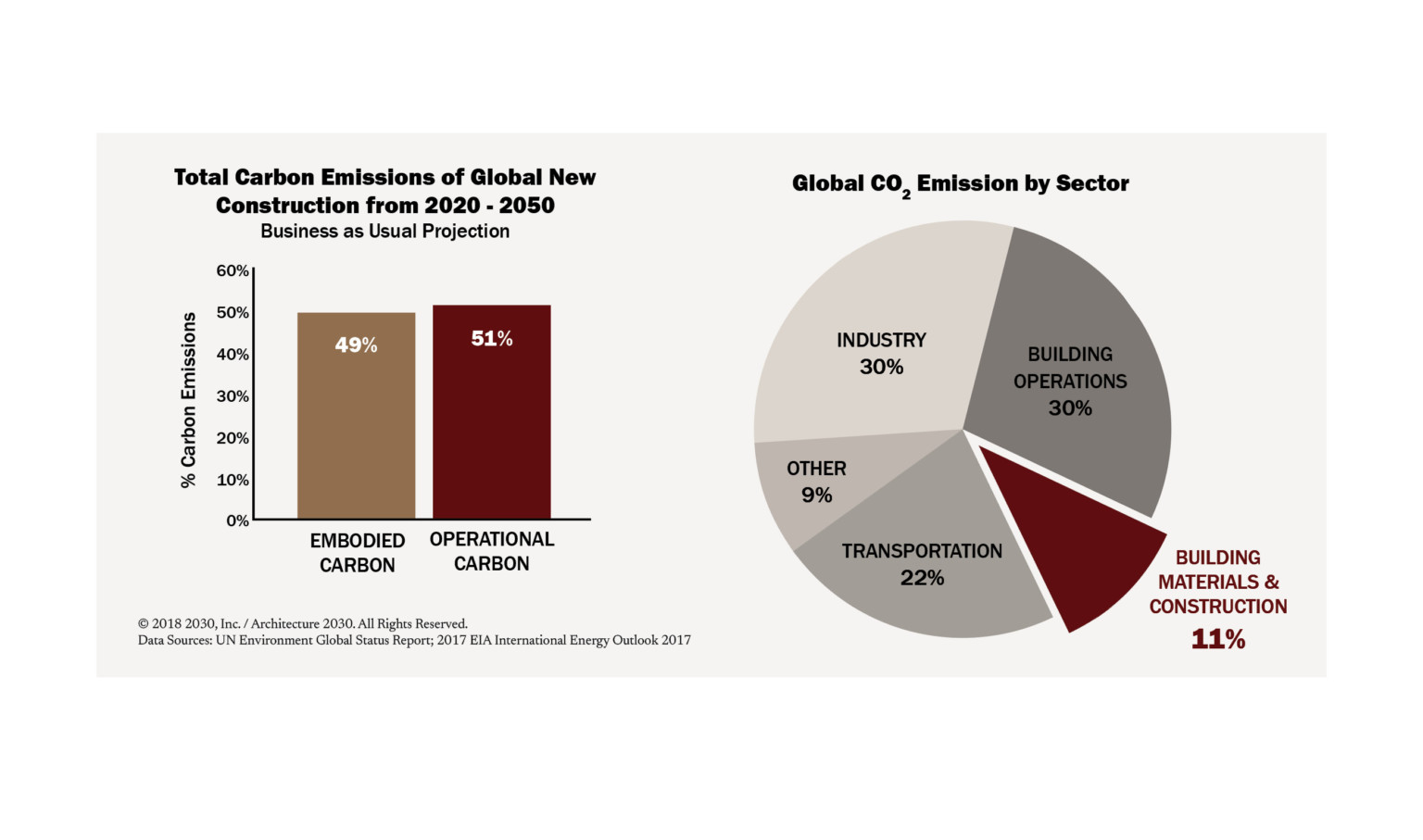
Our firm is taking big steps to reduce, design, and construct net-zero embodied carbon structures. In the summer and fall of 2020, a group of motivated structural engineers and advisors within the firm formed the Embodied Carbon Task Force to formalize our strategies to reduce, track, and report embodied carbon quantities in our structural designs. The Embodied Carbon Task Force collaborated with our in-house Research and Development team to perform Life Cycle Assessments on eight projects across the firm of varying sizes, construction types, and end-uses. One of the projects analyzed was St. Mary’s University, a 3-story existing concrete building renovation with a steel-framed rooftop terrace addition in Winona, MN. The decision to reuse the existing structure rather than demolish and build new resulted in an estimated carbon savings of about 1 million kg CO2 – that is equivalent to 213 passenger vehicles driven for one year. We are excited to share the rest of our findings in the coming months.
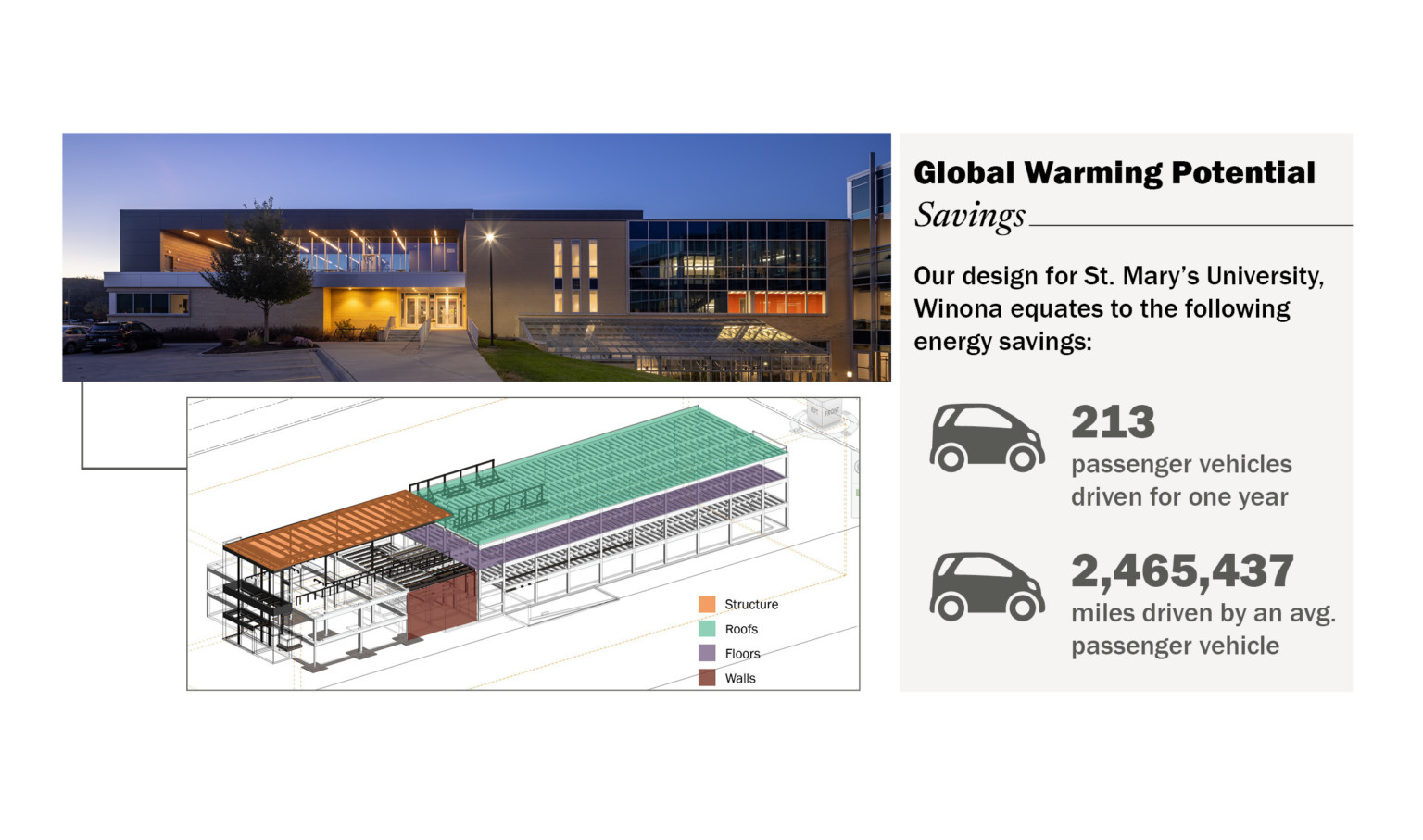
In June of 2021, DLR Group signed the SE 2050 Commitment, which states, “All structural engineers shall understand, reduce, and ultimately eliminate embodied carbon in their projects by 2050.” The program aims to educate, engage, report, and advocate. As we move forward with implementation, we hope to employ reduction strategies, document carbon data through LCAs, and track our progress towards net-zero across every project at our firm. By utilizing a Revit plugin, we will be able to provide comprehensive carbon reporting and reductions across disciplines as part of our integrated design process.
We are proud to do our part as structural engineers to better the planet, one beam, one column, one wall at a time. By reimagining the possible, the future is looking brighter – and much greener.
Hunter Wheeler contributed to this article.

